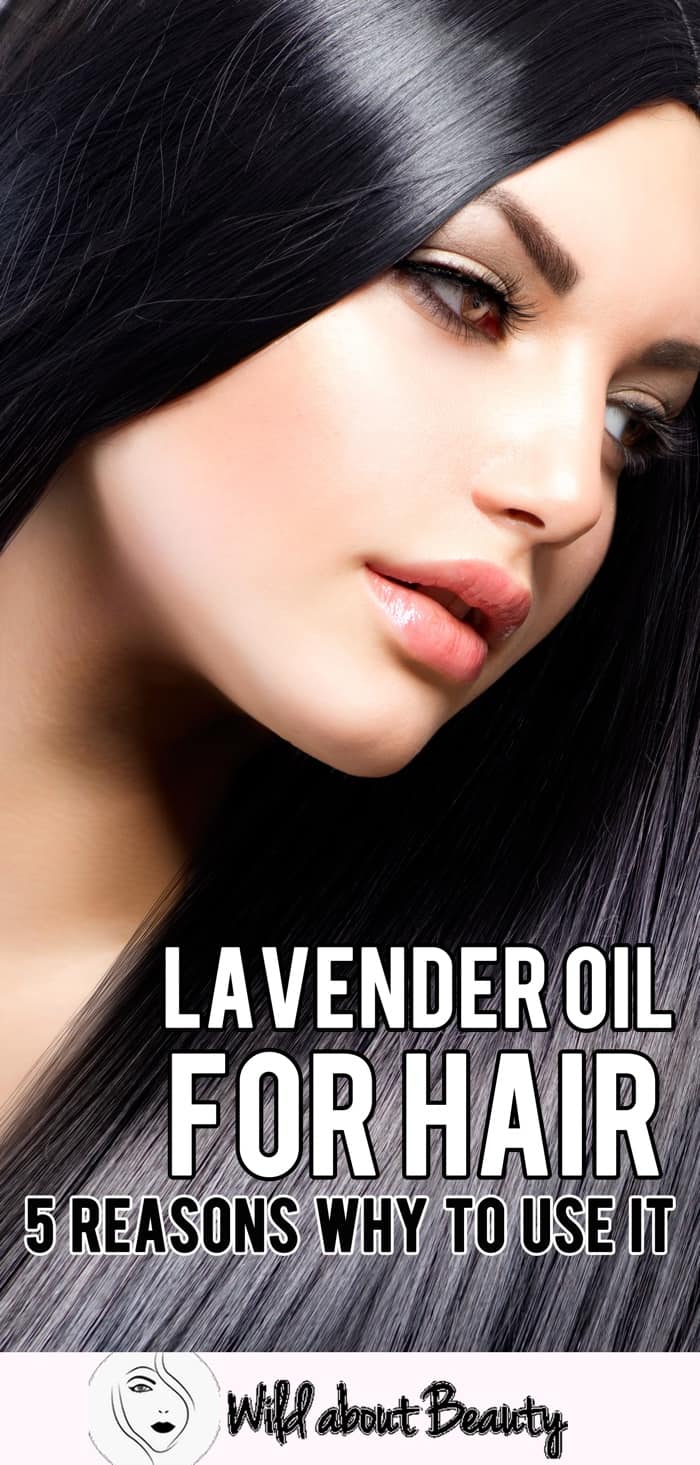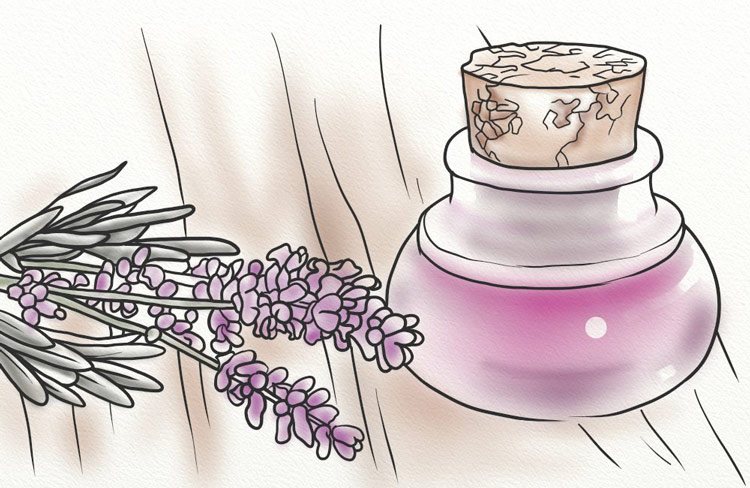Essential oils are popular home and natural remedies. Lavender oil is one of the most popular and commonly used essential oils. Because of the many benefits, lavender has become a widespread favorite among essential oil practitioners.
Today, we will talk about how you can use lavender for hair, and what are the benefits of lavender oil.
Lavender oil has a heavenly scent, giving the oil an extra boost few other essential oils have. Made directly from the lavender plant, the end product is highly concentrated extract.
Among the many health benefits, lavender can provide pain relief, migraine relief, air freshening, and cleaning. But today, we will talk about the benefits of lavender oil for hair.
Chapter Overview
Benefits of Lavender Oil
There are many ways lavender helps your hair health. Let’s start by listing them one by one.
Promote hair growth
When you think of hair growth, lavender oil might not be the first ingredient that comes to mind. But that should change. Applied directly onto the skin, lavender oil can stimulate hair growth by a high percentage.
Not only will you grow more hair, but your hair will grow thicker than normal.
You can maximize this solution when you work the oil into the skin. There are only animal studies that back up this claim so far, but in practice, a lot of people are satisfied with the results.
Antimicrobial properties
One of the main benefits of lavender oil is that it has antimicrobial properties. As such, lavender can prevent bacteria and fungi from growing in your scalp and hair.
Because of the antimicrobial properties, lavender can be used to battle common hair issues like dandruff, itchy scalp, and even scalp infections.
Prevents and kills lice
Because of the antimicrobial properties, lavender can also be an effective remedy against lice. Combined with other potent antimicrobial essential oils, like tea tree oil, lavender can quickly eliminate lice from your head.
Prevents skin inflammation
Lavender also has anti-inflammatory properties. You can easily use it as a home remedy for skin inflammation and burns. Using it on your scalp will prevent dryness and scalp inflammation.
Not only lavender will soothe inflammation, but it will also speed up the healing process as well.
Calming effect
One of the most widely known benefits of lavender oil is its calming ability. Lavender oil has the ability to calm you thanks to its divine smell.
The aroma can calm down your nervous system, prevent stress, and more. Since we know stress can be a factor in a number of hair issues, lavender oil effectively removes that problem.
How to use lavender oil for hair
Massage directly into the scalp

The simplest way to use lavender oil for hair is to massage it directly into the hair. This way, you get the most benefits of lavender for hair growth.
Just remember, never use pure and undiluted essential oil. Lavender might not be one of the potent essential oils, but you still need to dilute it.
You can dilute lavender oil in any carrier oil, with jojoba and coconut being the best. Mix equal parts of the oils, and then take a shower.
While your hair is still damp, massage the oil into the hair, and let it sit for five to ten minutes. Rinse afterward, or let it sit overnight with your hair wrapped in a towel.
Repeat the treatment once per week.
Add lavender to hair products
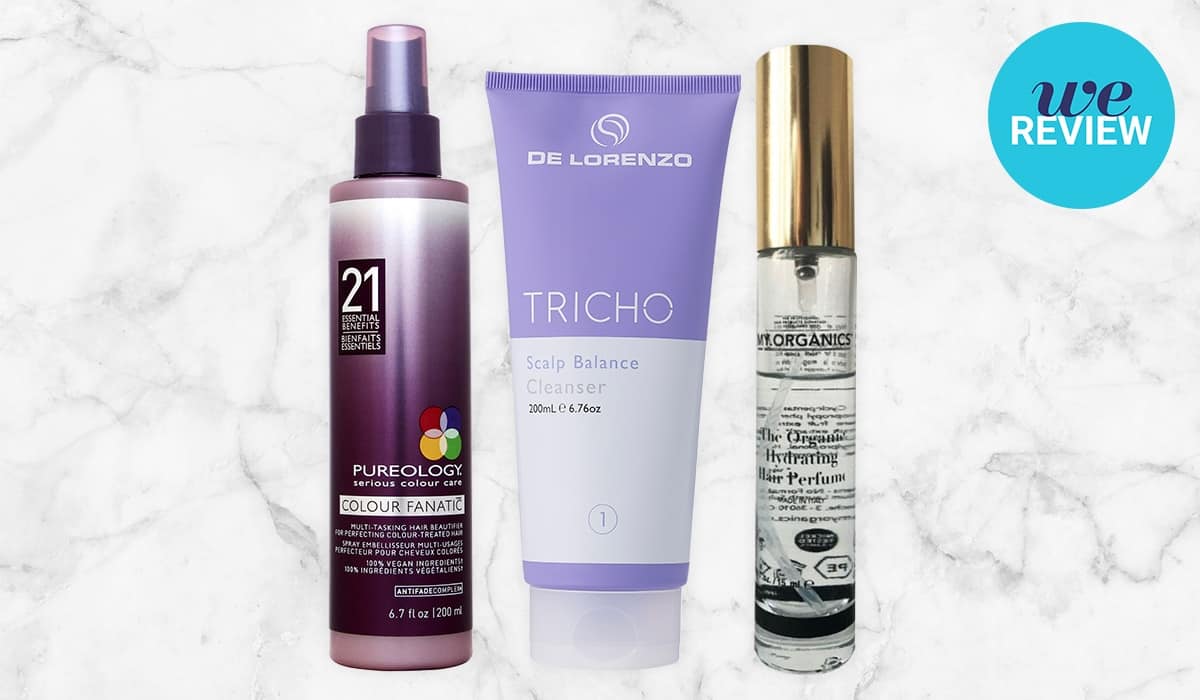
If you want to reap the benefits of lavender oil, but use your regular products, simply add a drop or two to your hair products.
You can add lavender oil to basically any hair product, including your shampoo and conditioner. Or, hair products like hair sprays.
But don’t add too much. The best ratio is five drops per ounce of product to be safe. And always use hair products as directed.
Hair growth oil
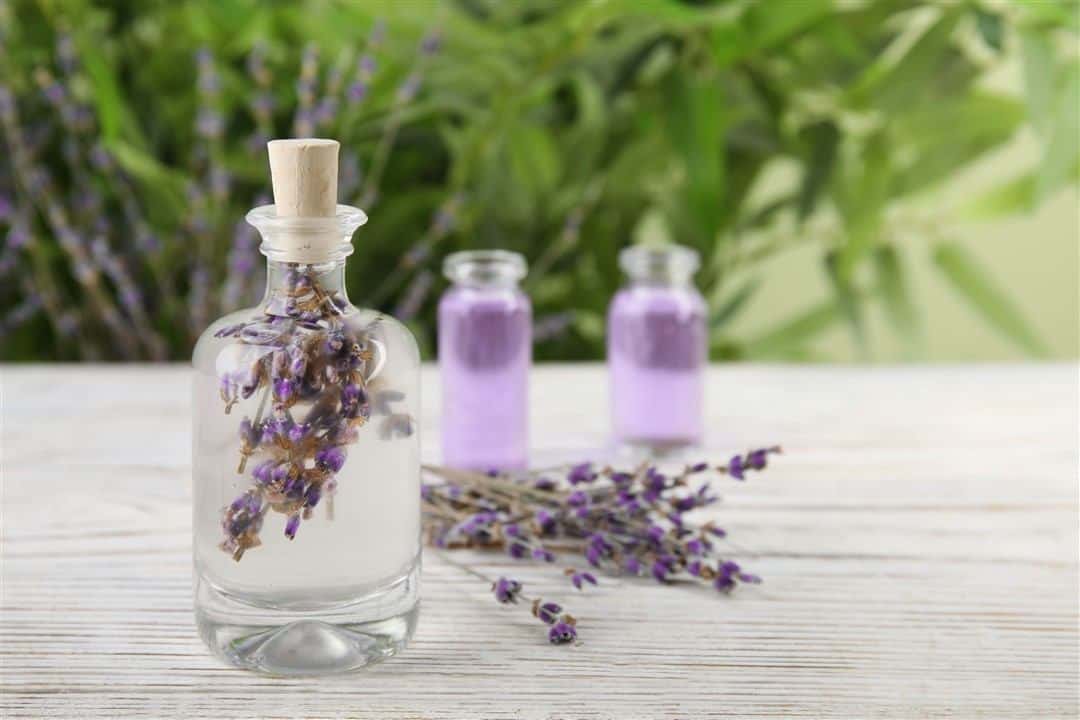
Lavender oil works good enough on its own. However, if you want a more potent solution for hair growth, you can mix lavender with other essential oils.
There are a number of essential oils for hair growth, and this serum is a potent combination.
- Mix 10 drops of lavender oil, 5 drops of cedarwood oil, 2 tablespoons of coconut oil, and 1 teaspoon of castor oil
- Shake well, and apply it on your scalp and hair. Massage for three to five minutes. Wrap your head in a towel, and let the oils stimulate hair growth overnight
- In the morning, wash your hair with your regular shampoo
Lavender oil for dry hair
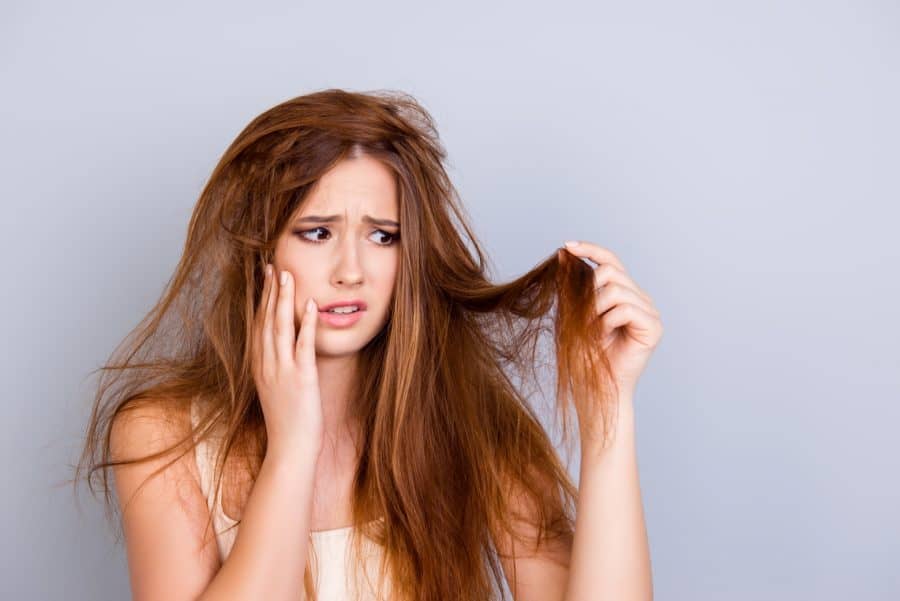
Not much known for its moisturizing properties, lavender oil can still help dry hair. That is mostly due to its anti-inflammatory and antimicrobial properties.
For this remedy, you will need other oils as well.
- Mix 15 drops of lavender oil and 2 tablespoons of almond or olive oil
- Heat the mixture in the microwave for 10 seconds
- Massage the solution into your scalp for two minutes
- Put a shower cap on your hair, and let the oils sit for one hour
- Wash your hair as you normally do
Lavender oil for dandruff
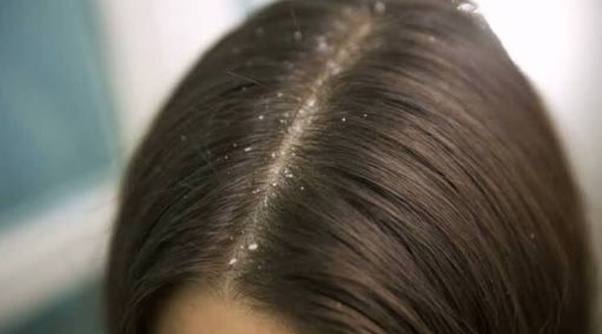
We said before that lavender oil can help with scalp infections and issues like dandruff. For this remedy, you will need to use olive oil as well and rosemary oil.
- Mix five drops of lavender oil, five drops of rosemary oil, and three tablespoons of olive oil
- Massage the oils into your scalp, and leave it for 10 minutes
- Wash your hair with shampoo afterward
Precautions and side effects
Lavender oil is mostly considered safe. However, there are a few precautions you should follow in order to be safe.
- Do not use lavender oil in pure form. Always dilute the oil with a carrier oil
- If you have sensitive skin, do a patch test before applying the oil on your scalp
- Lavender oil works best at night, because of its sedative and relaxing effect. Not only will it help with hair issues, but lavender will also help you sleep better
- Make sure not to apply too much oil on your scalp, as too much can irritate the skin
- Do not use lavender oil if you take any nervous system sedatives or depressants, as it can interfere with the medications
- Stop using lavender oil if you experience rash, hives or dermatitis
- If you are allergic to lavender, or any other carrier oils, do not use it
- In order to be safe with any lavender oil remedy, always do a patch test
